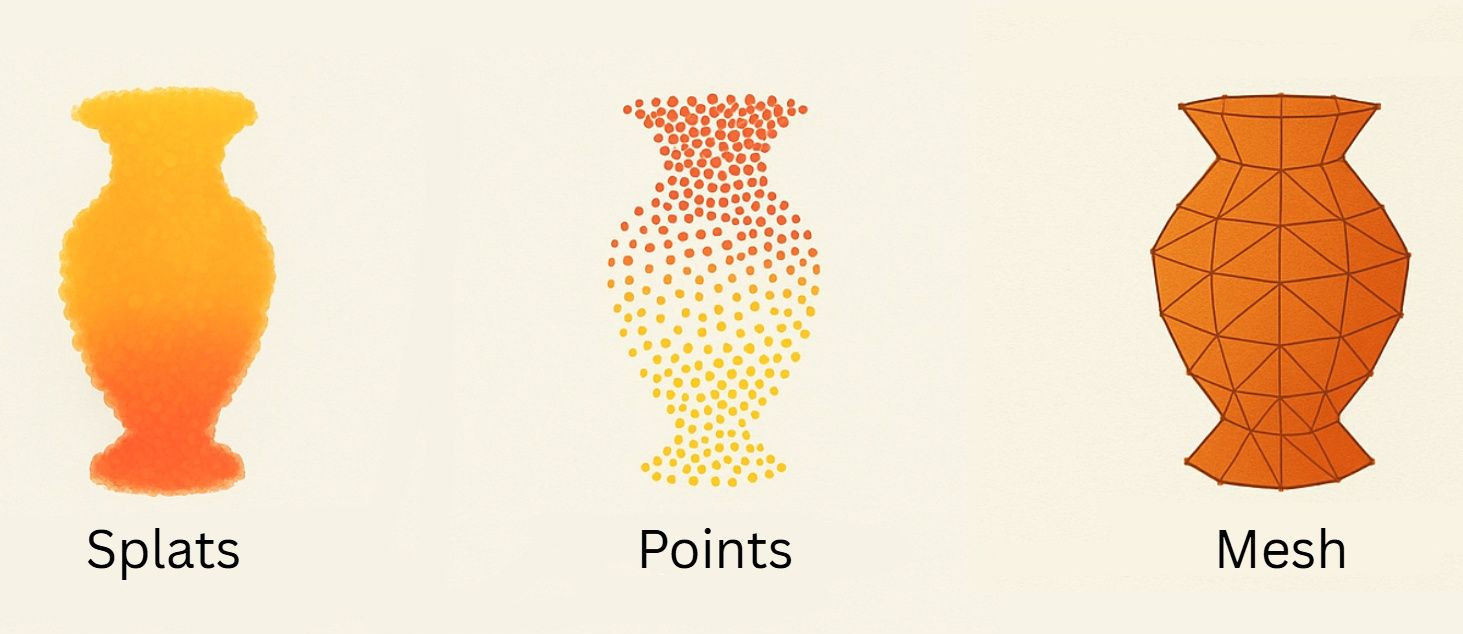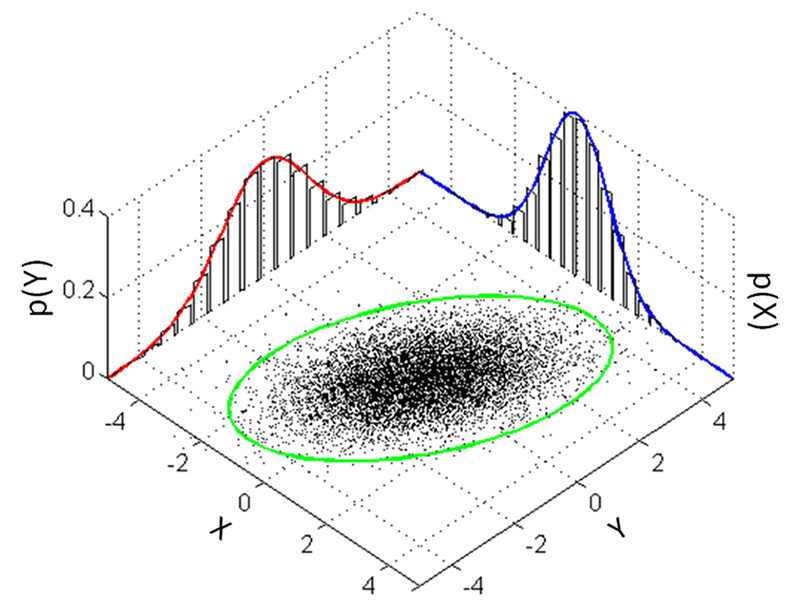Arkadiusz Szadkowski : Splats vs Points vs Mesh
🔸 Gaussian Splats: imagine throwing thousands of tiny ellipsoidal paint drops. They overlap, blend, and create a smooth, photorealistic look. Fast, great for visualization, but less structured for measurements.
🔸 Point Clouds: every dot is a measured hit. LiDAR or photogrammetry gives us millions of them forming a constellation of reality. Amazing for accuracy, but they don’t connect the dots out of the box.
🔸 Meshes: take those points, connect them into triangles, and you get very realistic surfaces. Strong for 3D analysis, simulation as continues watertight models.

https://www.reshot.ai/3d-gaussian-splatting
what are 3D Gaussians? They are a generalization of 1D Gaussians (the bell curve) to 3D. Essentially they are ellipsoids in 3D space, with a center, a scale, a rotation, and “softened edges”.

Each 3D Gaussian is optimized along with a (viewdependant) color and opacity. When blended together, here’s the visualization of the full model, rendered from ANY angle. As you can see, 3D Gaussian Splatting captures extremely well the fuzzy and soft nature of the plush toy, something that photogrammetry-based methods struggle to do.
https://towardsdatascience.com/a-comprehensive-overview-of-gaussian-splatting-e7d570081362




